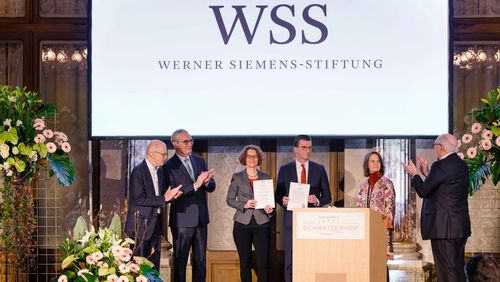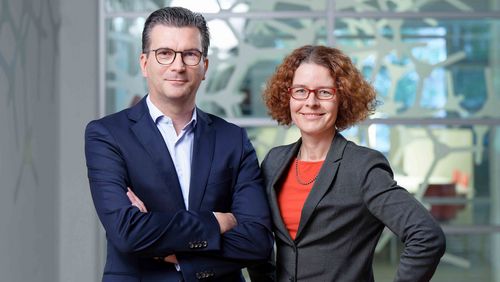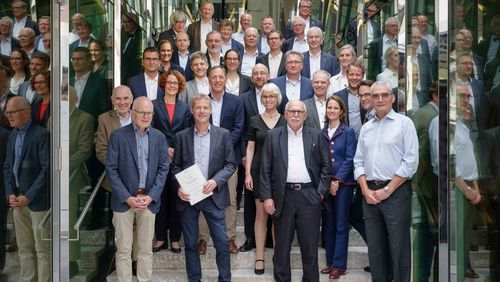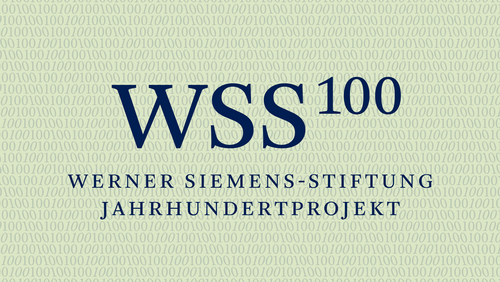
Upcycling scrap metal
Metal is a valuable material, which is why most metal components are melted down at the end of their life cycle and processed into new parts. The drawback is that melting down scrap metal consumes huge amounts of energy. In the “2nd Life Metal Components” project at TUD Dresden University of Technology, researchers are aiming to bypass this step entirely—and simultaneously equip recycled metal parts with new and improved properties.
Cars, tools, household appliances: many of the most common and useful tools of daily life are made of metal. Currently, recycling them requires their metal parts to be melted down in an energy-intensive process. Researchers in the “2nd Life Metal Components” project at TUD Dresden University of Technology (TUD Dresden) are pursuing a clever solution to replace this high-energy step.
The TUD Dresden researchers led by Professor Alexander Brosius and Professor Andrés Fabián Lasagni are developing novel methods to directly cut apart scrap metal, press the pieces into flat sheets, then weld the sheets together again and mould them into new forms. ThIS approach brings energy savings of ninety percent compared to metal recycling processes that rely on melting.
One of the biggest challenges in the project is finding a way to process the very different sizes and shapes of scrap steel and aluminium parts, which also have varying degrees of thickness, strength and quality. In standard practices, the melting process is what reliably creates a uniform product for the subsequent metalworking processes.
To meet this challenge, the researchers are developing entirely new process chains, including macrostructured deep drawing—a technology developed at TUD Dresden that enables processing sheet metal of uneven thickness. At present, the metal parts created with this method are less uniform than conventionally recycled metal, but the researchers are convinced that their components nonetheless meet the specifications for a wide range of applications.
However, the project encompasses much more than recycling metal: another focus is enhancing the properties of reprocessed metal parts. For this step, the researchers use a laser to etch minuscule structures of just a few micro- or nanometres into a metal’s surface—thereby rendering the surface resistant to water, dirt or bacteria. The advantages are many: boosting corrosion protection in metal components, for instance, or ensuring that surfaces in the food industry remain germ-free.
Facts and figures
Project leaders
Prof. Dr.-Ing. Alexander Brosius, Chair of Forming and Machining Processes at TUD Dresden University of Technology
Prof. Dr.-Ing. Andrés Fabián Lasagni, Chair of Laser-based Manufacturing at TUD Dresden University of Technology
Project
Researchers at TUD Dresden University of Technology are developing innovative production chains for re- and upcycling metal parts. Rather than melting down scrap metal parts, their vision is to cut apart metal components, weld them together again, mould them into new shapes and—using laser-based methods—furnish them with enhanced functionalities.
Funding from the Werner Siemens Foundation
13 million euros
Project duration
2025 to 2032






![[Translate to English:] [Translate to English:]](/fileadmin/_processed_/8/d/csm_01-WSS100-Muenchen_a4e2ba3a7f.jpg)
![[Translate to English:] [Translate to English:]](/fileadmin/_processed_/0/7/csm_01-WSS100-Zuerich_20aa6e51dd.jpg)
![[Translate to English:] [Translate to English:]](/fileadmin/_processed_/5/e/csm_01-WSS100-Aachen_c843f6f8ae.jpg)
![[Translate to English:] [Translate to English:]](/fileadmin/_processed_/8/e/csm_01-WSS100-Berlin_8becb34d03.jpg)
![[Translate to English:] [Translate to English:]](/fileadmin/_processed_/3/5/csm_01-WSS100-Freiburg_8ff515d64a.jpg)
![[Translate to English:] [Translate to English:]](/fileadmin/_processed_/e/3/csm_01-WSS100-Goettingen_f4c6bb4b9f.jpg)



